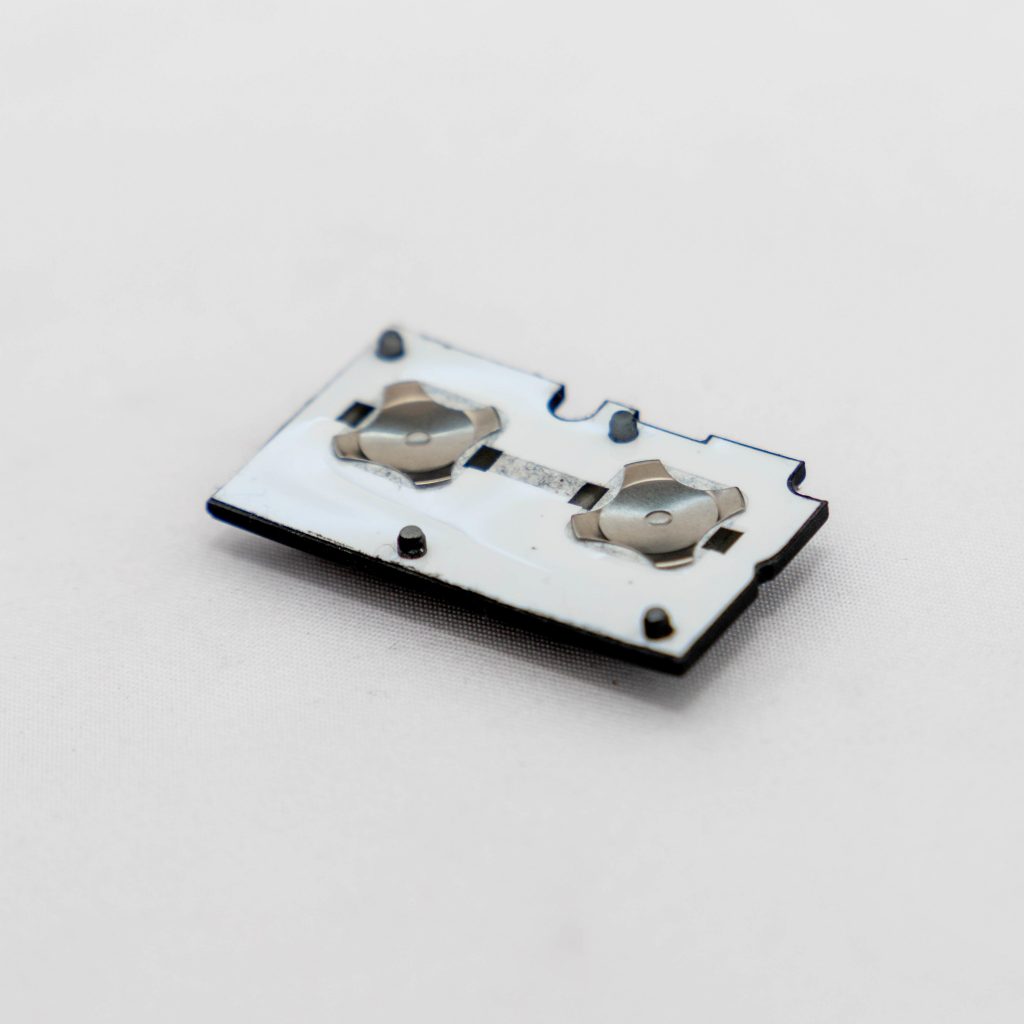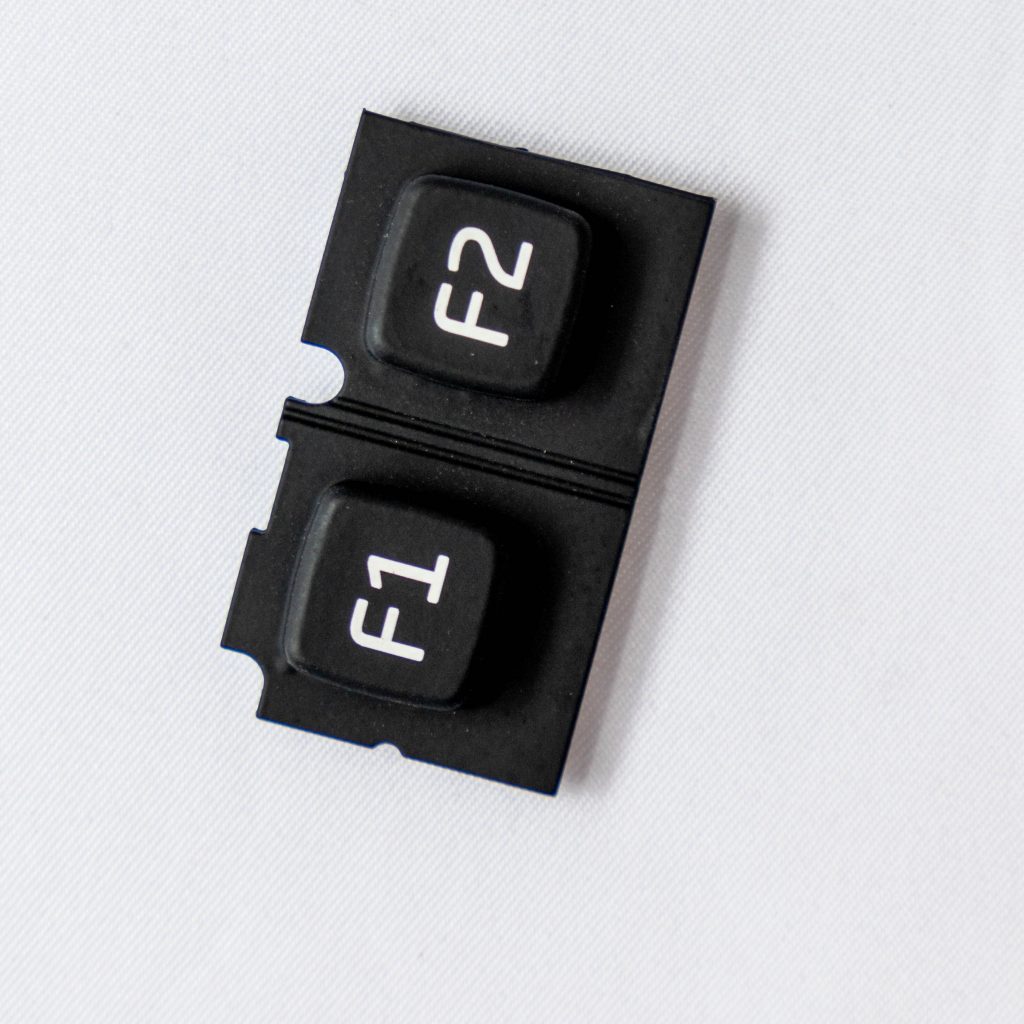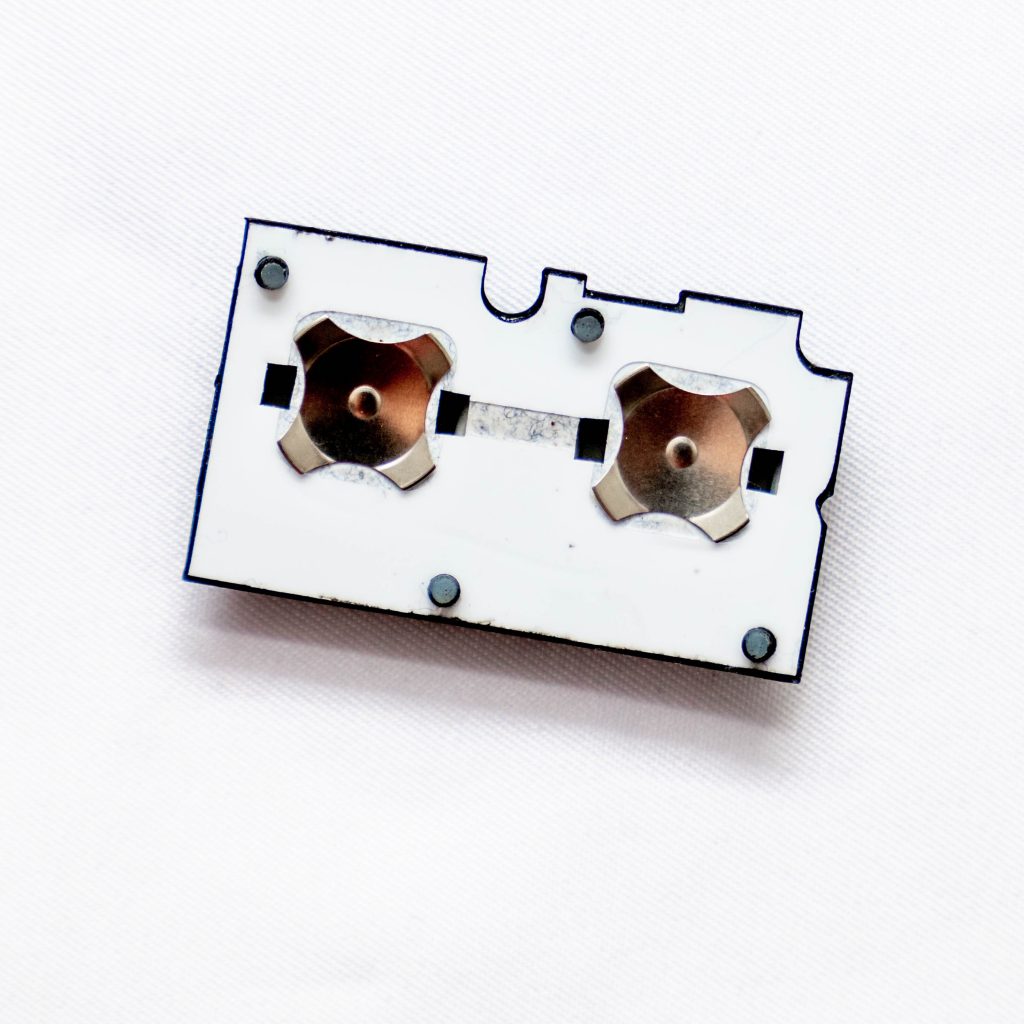Contact
Write to Us And We Would Be Happy to Advise You.
Do you have any questions, or would you like to speak directly with a representative?
By hqt
Silicone keypads are an essential component in various electronic devices, providing users with a tactile interface for input. Designing silicone keypads requires careful consideration of several critical parameters to ensure optimal performance, longevity, and user satisfaction. In this article, we will explore the price critical parameters that need to be considered when designing silicone keypads. By understanding these factors, manufacturers can make informed decisions and create high-quality silicone keypads that meet the specific requirements of their applications.



1. Material Selection
The choice of silicone material is crucial when designing keypads. Silicone offers excellent durability, flexibility, and resistance to temperature variations, making it an ideal choice for keypads. However, different types of silicone compounds are available, each with unique properties. Factors such as hardness, compression set, and chemical resistance should be evaluated to select the right silicone material for the intended application.
2. Keypad Layout and Size
The layout and size of the keypad are essential considerations for design. The layout should be intuitive and user-friendly, allowing for easy operation and minimizing the risk of errors. Additionally, the size of the keypad should be appropriate for the device it will be used in. Designers must consider factors such as available space, ergonomic considerations, and aesthetic requirements when determining the optimal layout and size for the silicone keypad.
3. Actuation Force
Actuation force refers to the amount of pressure required to activate a key on the silicone keypad. It is a critical parameter that directly affects the user experience. The actuation force should be carefully determined to strike a balance between ease of use and preventing accidental key presses. Too high of an actuation force may cause fatigue, while too low may lead to unintended inputs. Designers must conduct thorough testing and analysis to find the optimal actuation force for the silicone keypad.
4. Tactile Feedback
Tactile feedback is the sensation felt by users when they press a key on the silicone keypad. It provides users with confirmation that their input has been registered. The type and level of tactile feedback can greatly impact user satisfaction. There are various options available, including click, snap, and non-tactile feedback. Designers must carefully consider the desired tactile response and select appropriate design elements, such as dome shape and size, to achieve the desired tactile feedback.
5. Environmental Considerations
Silicone keypads are often used in demanding environments, where they may be exposed to moisture, dust, chemicals, and extreme temperatures. Designers must consider the environmental conditions the keypad will encounter and select materials and manufacturing processes that ensure reliable performance and longevity. Factors such as ingress protection rating (IP rating) and material compatibility with specific environments should be thoroughly evaluated during the design process.
6. Keypad Printing and Backlighting
The printing and backlighting of the keypad are important aesthetic and functional considerations. The printing should be durable, legible, and resistant to wear, ensuring that labels and symbols remain intact over time. Backlighting options, such as LED or EL (electroluminescent) backlighting, can enhance usability in low-light conditions. Designers should carefully select printing and backlighting techniques that meet the desired visual and functional requirements.
1. What is the impact of silicone hardness on keypad design?
The hardness of silicone affects the tactile response and actuation force of the keypad. Softer silicone provides a softer touch and requires less force to activate the keys, while harder silicone offers a firmer touch and requires more force. The choice of silicone hardness depends on the desired user experience and application requirements.
2. How can I ensure chemical resistance in silicone keypads?
To ensure chemical resistance, designers should select silicone compounds that are compatible with the chemicals the keypad may come into contact with. Conducting compatibility tests and considering factors such as exposure time and concentration of the chemicals are crucial in designing chemically resistant silicone keypads.
3. Can silicone keypads withstand extreme temperatures?
Yes, silicone keypads have excellent temperature resistance. However, the specific temperature range they can withstand depends on the chosen silicone material. It is important to select a silicone compound that can operate within the desired temperature range of the application.
4. What is the role of compression set in silicone keypads?
Compression set is a measure of a material’s ability to return to its original shape after being compressed. In silicone keypads, low compression set is desirable to ensure long-term reliability and prevent keys from sticking or deforming over time.
5. How can I achieve backlighting in silicone keypads?
Backlighting in silicone keypads can be achieved by incorporating light guides or using translucent silicone materials. LED or EL backlighting can be integrated to provide illumination. Designers should consider the desired brightness, uniformity, and power consumption when selecting a backlighting method.
6. What testing methods are used to evaluate silicone keypads?
Various testing methods are employed to evaluate silicone keypads, including actuation force testing, environmental testing (such as temperature and humidity), durability testing, and tactile feedback analysis. These tests ensure that the keypads meet performance requirements and can withstand the intended operating conditions.
Designing silicone keypads involves considering several critical parameters to ensure optimal performance, durability, and user satisfaction. By carefully selecting the right silicone material, determining the appropriate actuation force and tactile feedback, considering environmental factors, and incorporating effective printing and backlighting techniques, manufacturers can create high-quality silicone keypads tailored to their specific applications. It is essential to prioritize these price critical parameters to deliver silicone keypads that meet the needs of customers and enhance the overall user experience.
Do you have any questions, or would you like to speak directly with a representative?